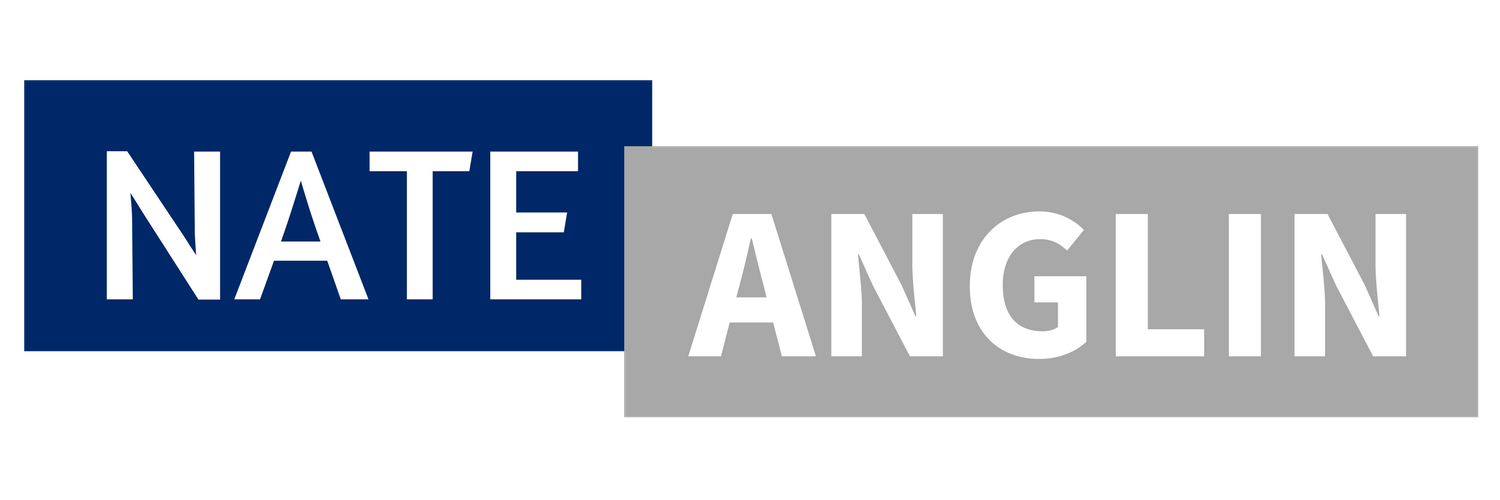Mastering Accountability: How to Deliver Compassionate, Impactful Employee Feedback
Think of the last time you delivered criticism.
No, not that watered-down pat on the back stuff. I'm talking about real, spine-tingling, sweaty palm feedback that had to be given.
I've been there, a nervous wreck, standing on the precipice of criticism, unsure if I'm about to take a daring leap or a disastrous tumble.
Why is it so hard?
Because too often, leaders wade into the water of extremes. We either hold back like bashful bunnies, avoiding conflict, or breathe fire like a micro-managing dragon.
Let's face it: if you're not giving direct, you're not leading.
Early in my career, I managed to the extremes. I'd wait for my blood to boil and then explode with heated criticism. But what got me there was I didn't address things immediately. I waited, or I didn't address them at all. This wasn't helpful to my company, my direct reports, or me.
But there's a middle way.
Immediate feedback is the key.
Don't wait for the next scheduled meeting or a formal review; pounce on the opportunity as soon as it presents itself.
As Kim Scott rightly puts it, "Guidance has a short half-life...". We don't want feedback to decay into oblivion, do we?
Say it in 2 - 3 minutes between meetings, on a quick call, whatever it is, do-it-now.
Use the Situation, Behavior, Impact (SBI) formula.
Here's how it works:
You describe the situation, the behavior (what they did), and the impact of that behavior.
For example, positive feedback: "At the client meeting, you struck the right balance between sharing our ideas and hearing theirs. The client told me they thought we understood their needs. Great work."
For negative feedback, you could say, "When you presented our proposal, you held all questions until the end. I noticed the director wasn't happy waiting. What can you do to avoid this in the future?" Quick, simple, and it didn't sting that much!
Try the "Observed Behaviors" Adult Conversation Pattern.
Some days it might feel like you're managing a daycare with all the crying, finger-pointing, and complaining.
But everyone is an adult, and you need regular adult conversations. My business coach taught me about this language pattern, and it really helped me. Use it as an outline, prepare for your discussion, and deliver the adult conversation in person, on video, or on the phone as soon as possible.
Here's how it works:
A. "I observe..." Hey Tim, I saw you sent an email to X that says 1, 2, 3.
B. "The impact of that behavior is..." The impact on X was...
C. "That isn't acceptable here because..."
D. "What I want to see in the future is..." What I want to see in the future is you respectfully explain what you need.
E. "Can you do that?"
Balanced, immediate feedback is the ticket to growth and success. It's about being compassionate yet direct and not shying away from holding people accountable. So, don't be a bunny or a dragon.
Be a leader.








